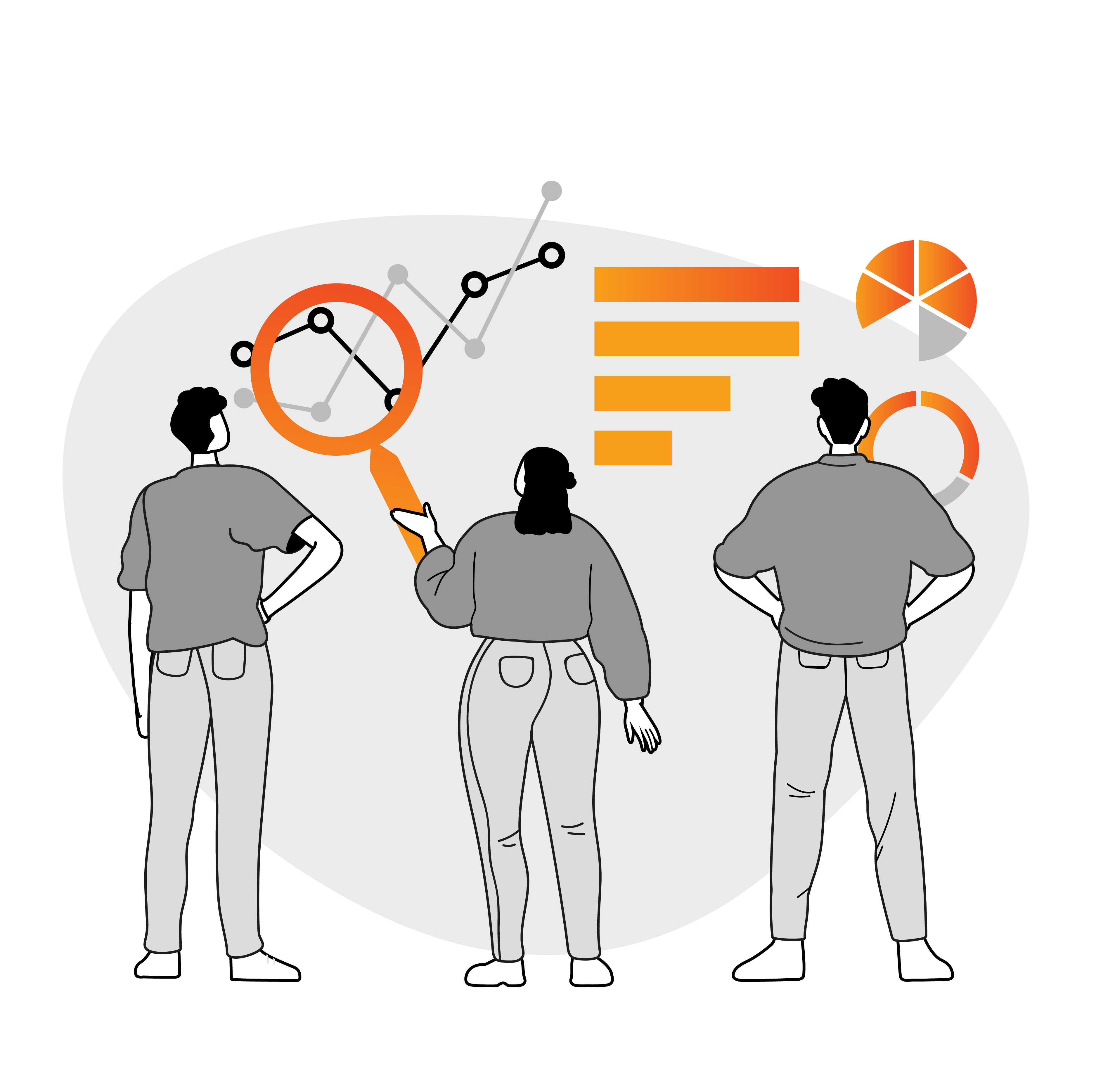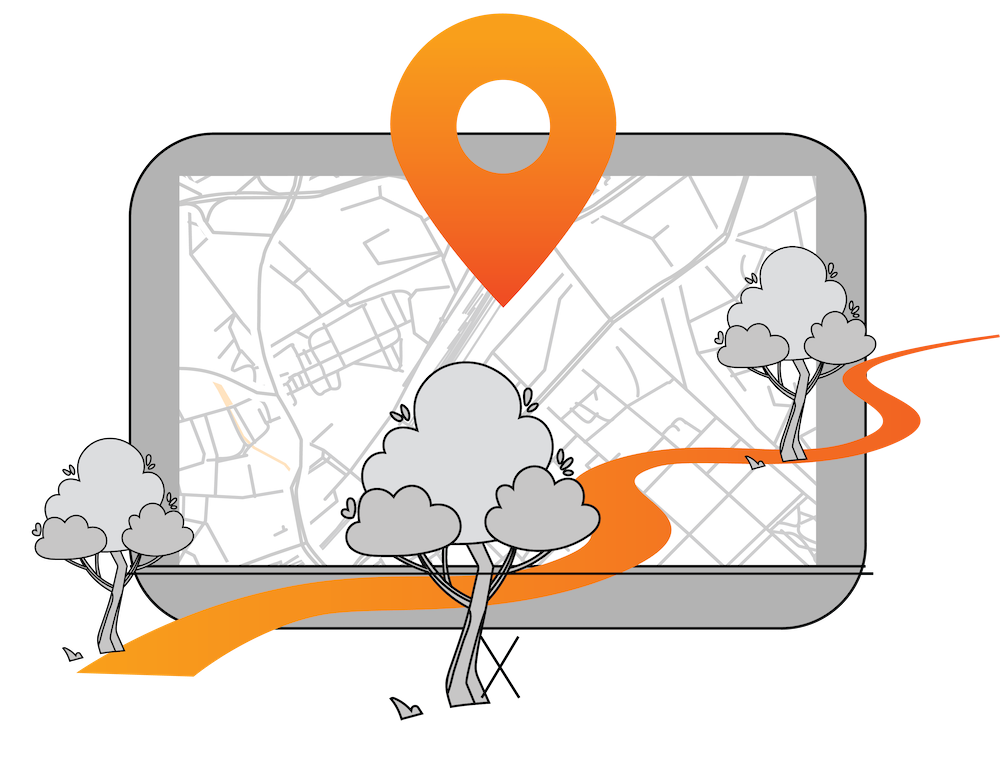From Assumptions to Action: Location Intelligence for Site Management
Reading time: 4 minutes

How can you adapt seasonal infrastructure maintenance to real usage and weather conditions without wasting resources?
Seasonal amenities like sledding hills and outdoor skating rinks demand significant investments in staff, equipment, and maintenance every year.
But one key question often remains unanswered: Are these resources being used at the right time, in the right place and on the right infrastructure? One Canadian city decided to dig deeper using Propulso’s GeoIndicators.
The case: Understanding a key winter site beyond assumptions
Located in the heart of the city, the sledding hill in question features a mechanical lift and attracts strong attendance from local families. It also represents a substantial budget line in terms of operations and safety.
To better understand how the site was truly being used, the city cross-referenced three complementary data sources:
- Foot traffic trends from Propulso, derived from location signals,
- Local monthly weather data, especially snowfall,
- On-the-ground observations, conducted by municipal teams.
The goal? Build a reliable picture of usage patterns based on weather conditions, time of week, and visitor origin.
Before Propulso: Useful data, but major blind spots
Like many cities, this one relied on a mix of field observations, manual counts, and automated sensors. While helpful, these methods were limited in scope. This facilities planning Director explains:
“One of Propulso’s key strengths for us is how it enriches our understanding of who uses our infrastructure and where they come from. Before, we had very limited visibility. Everything was done manually, and we only captured a fraction of what was happening.”
Staff-led monitoring still brings value, but it’s neither continuous nor scalable. And automated counters can only track volumes not visitor profiles or origins.
With Propulso, the city was finally able to analyze its entire territory consistently and combine multiple data sources to get a clear, actionable picture.
From insights to real change
The analysis didn’t just confirm what was already known—it revealed patterns that informed budget discussions and operational planning across departments.
One insight stood out: weather variation had little impact on sledding activity, as long as a basic snow cover was present. This contrasted sharply with outdoor rinks, which are more sensitive to conditions. That insight helped refine decisions around when to initiate artificial snowmaking at the start of the season.
In another case, Propulso’s data showed that nearly 50% of users came from outside the city. That information sparked new discussions about parking, road access, and overall logistics, especially if the infrastructure were to be moved or scaled.
Questions this city answered with data
- On which days and in which weather conditions is usage highest?
- Does fresh snowfall drive immediate spikes in traffic?
- Is the lift attracting a broader audience than a regular neighborhood park?
- Which entry points are most used—and do they need adjustments?
- Are visitors mostly local, or is there substantial regional interest?
What the city gained from this analysis
Thanks to Propulso’s location data and cross-referenced insights, decision-makers were able to:
- Optimize operational hours and staffing based on actual peak days,
- Plan snowmaking activities more strategically, aligned with usage trends,
- Prioritize future infrastructure investments based on visitor profiles,
- Improve site safety and accessibility by identifying the most used paths,
- Support budget and policy decisions with transparent, actionable data,
- Assess whether this infrastructure still deserves priority, compared to other competing projects.
Is this relevant to your city?
This use-case shows how location intelligence can bridge the gap between perception and reality, enhancing the citizen experience while maximizing public resources.
This kind of analysis is easy to replicate across municipalities managing seasonal or weather-dependent infrastructure. Whether it’s a splash pad, ice rink, or nordic ski trail, combining mobility data with local weather trends can dramatically improve planning decisions.
👉 Want a clearer view of how your seasonal infrastructure is actually used? Let’s talk. Reach out to our team


.png)